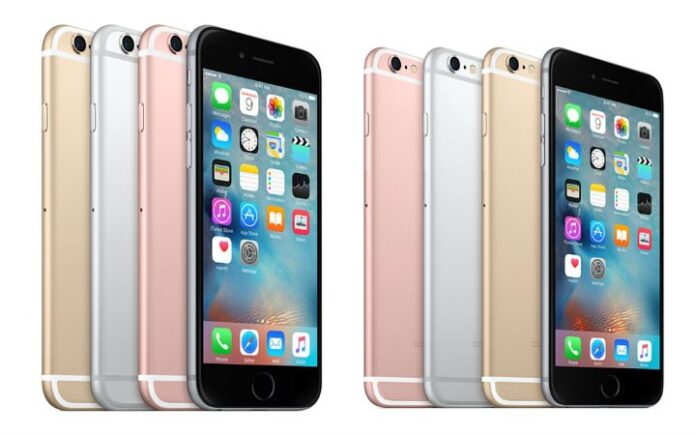What is ZigBee?
ZigBee is a low-power wireless local area network (WLAN) specification that was designed to provide small amounts of data using very little power, with most connected devices running off of a battery. Because of this, the open standard has been linked with machine-to-machine (M2M) communication and the industrial internet of things (IoT).
Unlike Wi-Fi, ZigBee uses a mesh network specification where devices are connected with many interconnections between other network nodes. Data is generally sent through mid-range distances of 10 to 100 meters, but ZigBee uses its mesh network to significantly extend that distance.

ZigBee is based on the Institute of Electrical and Electronics Engineers Standards Association’s (IEEE) 802.15 specification. It operates in unlicensed radio frequency bands including 2.4 GHz, 900 MHz and 868 MHz.
Use cases for 802.15.4 are aimed at monitoring applications where relatively low levels of data throughput are needed, and with the possibility of remote, battery powered sensors where low power consumption is required. Sensors, actuators, lighting controls, security and other home and in-building applications are all possible use cases for the technology.
According to Digi, ZigBee protocol features include:
- Support for multiple network topologies such as point-to-point,
point-to-multipoint and mesh networks - Low duty cycle – provides long battery life
- Low latency
- Direct Sequence Spread Spectrum (DSSS)
- Up to 65,000 nodes per network
- 128-bit AES encryption for secure data connections
- Collision avoidance, retries and acknowledgements
Challenges and shortcomings
Zigbee has its work cut out in the race to become a globally accepted IIoT protocol. Already competing against successful competition like Wi-Fi and Bluetooth, as well as newcomers Thread, the space to become the solution to future IoT solutions is getting crowded.

But ZigBee does already have a significant footprint in the space. In fact, if you own a Nest thermostat, Comcast’s recent router or a Hue lightbulb, you have ZigBee chips inside your home already.
Unfortunately, the specification has fallen on rough times in recent years, with inter-operability problems highlighting much of its coverage. The problem is that the standard isn’t just the wireless transport mechanism, but a layer of software on top that can create profiles that interfere with different versions of ZigBee profiles. So unlike Wi-Fi, if you have two devices with ZigBee chips, it’s possible that they won’t be able to operate with each other.
Another challenge ZigBee must take on is its closest competitor, Z-Wave. According to Gigaom, roughly nine out of 10 sensors are using the proprietary Z-wave standard over ZigBee, and more startups are coming out with Bluetooth Low Energy devices that will communicate with handsets.
According to Link Labs the two technologies have distinct qualities that set them apart from each other.
- ZigBee uses the globally standard 2.4GHz ISM frequency band. This means that hardware is not country specific, and can be used anywhere. This band is sometimes subject to pretty intense interference from Wi-Fi and Bluetooth systems.
- Z-Wave uses the same sub-GHz bands that Symphony Link uses, which in the U.S. is the 915 MHz ISM band, and in Europe is the 868 MHz RFID band.
- Lots of providers make ZigBee radios, but Z-Wave uses a proprietary radio system from Sigma designs. This is not necessarily a bad thing, since Z-Wave suffers from fewer interoperability problems than ZigBee.
- Z-Wave uses frequency shift keyed physical modulation (FSK), whereas ZigBee modulation is carried out through direct sequence spread spectrum (DSSS).
Finding ZigBee’s place in the industrial IoT
ZigBee’s characteristics set it apart from other possible IoT protocols, and puts it in a position to find its own place in the market. It’s mesh topography means it can handle distances greater than that of Bluetooth Low Energy, and it’s very low energy consumption makes it more IoT-enabled than Wi-Fi.
According to Gigaom, the next step after getting the chips widely used inside homes will be getting a ZigBee chip inside smartphones. Since the mobile handset or tablet is the homeowner’s primary method of communicating with sensors in the home, getting such a chip integrated inside would put it in the hands of millions of smartphone owners who could enable it at the touch of a button.
Currently, ZigBee radios are found in homes through a hub, router or set top box — making its adoption by homeowners dependent on the service providers and early adopters of products like the Almond Router, the SmartThings hub or Revolv hub.
According to Anaren, Comcast, Time Warner Cable, EchoStar, DirecTV, Charter, Rogers (Canada), Deutsche Telekom, and other have all implemented ZigBee technology that enables their set-top boxes and satellite-transceiver for their security, home control and energy management solutions.
That’s a boost for ZigBee adoption, though earlier this year it was reported that Comcast’s system using a ZigBee-based protocol to communicate and operate over the 2.4 GHz radio frequency band, was found to be unsecure.

